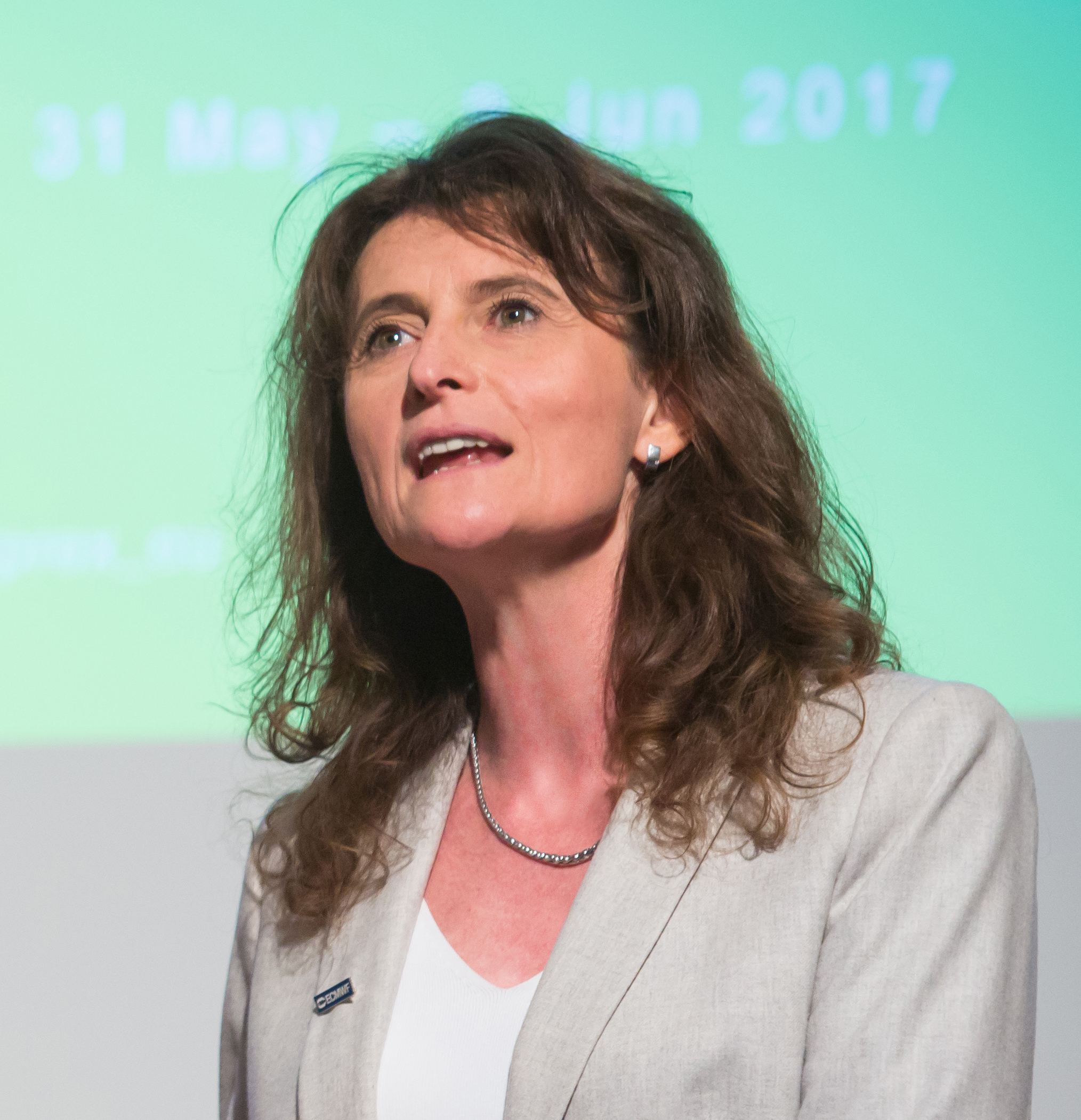 This summer, 70 scientists came together at ECMWF to review and strengthen the synergies between observational field campaigns and numerical weather prediction. There were lively discussions and broad agreement that collaboration between observationalists and modellers should be intensified. The meeting served as a reminder that prediction centres need Earth system observations not just to help initialise weather forecasts. They also need them to better understand and model Earth system processes that are relevant to weather forecasting.
This summer, 70 scientists came together at ECMWF to review and strengthen the synergies between observational field campaigns and numerical weather prediction. There were lively discussions and broad agreement that collaboration between observationalists and modellers should be intensified. The meeting served as a reminder that prediction centres need Earth system observations not just to help initialise weather forecasts. They also need them to better understand and model Earth system processes that are relevant to weather forecasting.
One of the areas where modellers would benefit from targeted field campaigns is the interactions of the lower atmosphere with the underlying surface. How strongly do conditions in the soil influence near-surface weather? What is the impact of heterogeneity in the land surface on surface fluxes? How do ocean currents, waves and the atmosphere interact? Better understanding these processes, and others listed in this Newsletter, will help us to improve their representation in our Integrated Forecasting System. In many cases, it will be important for measurements to be made through the atmosphere–surface interface, or along a path that crosses different types of surfaces.
An example of the successful use of observations to support model evaluation and development is presented in this Newsletter: ‘super-sites’ in our Member States, such as Falkenberg in Germany, Cabauw in the Netherlands and Sodankyla in Finland, are providing us with detailed data on the lowest part of the atmosphere as well as the soil and snow at those sites. These data are enabling new insights into possible causes of biases in forecasts of near-surface variables, such as temperature. But they need to be complemented by studies into the effects of local differences in vegetation, land use or soil properties to better understand the complicated patterns of temperature forecast biases.
An important source of information to support the modelling of clouds and precipitation is satellite data. An article in this Newsletter sets out recent progress in the all-sky assimilation of satellite radiances at ECMWF. Together with the use of ground-based observing systems, progress in interpreting satellite radiances in all-sky conditions and over land is bringing us close to ‘microphysical closure’: the point at which the sources of forecast errors related to clouds and precipitation can be identified through the overlapping sensitivities of different types of instrument.
There is a vital ingredient in all these efforts: collaboration. Collaboration between different teams at ECMWF; collaboration between ECMWF and its Member and Co-operating States; and collaboration between ECMWF scientists and the global observational and modelling communities. Two articles in this Newsletter illustrate how much progress has been made in numerical weather prediction over the last 40 years. Many pieces of the puzzle had to come together to get to this point. It is only by working together that we can continue to improve our forecasts for the benefit of society.
Florence Rabier
Director-General
